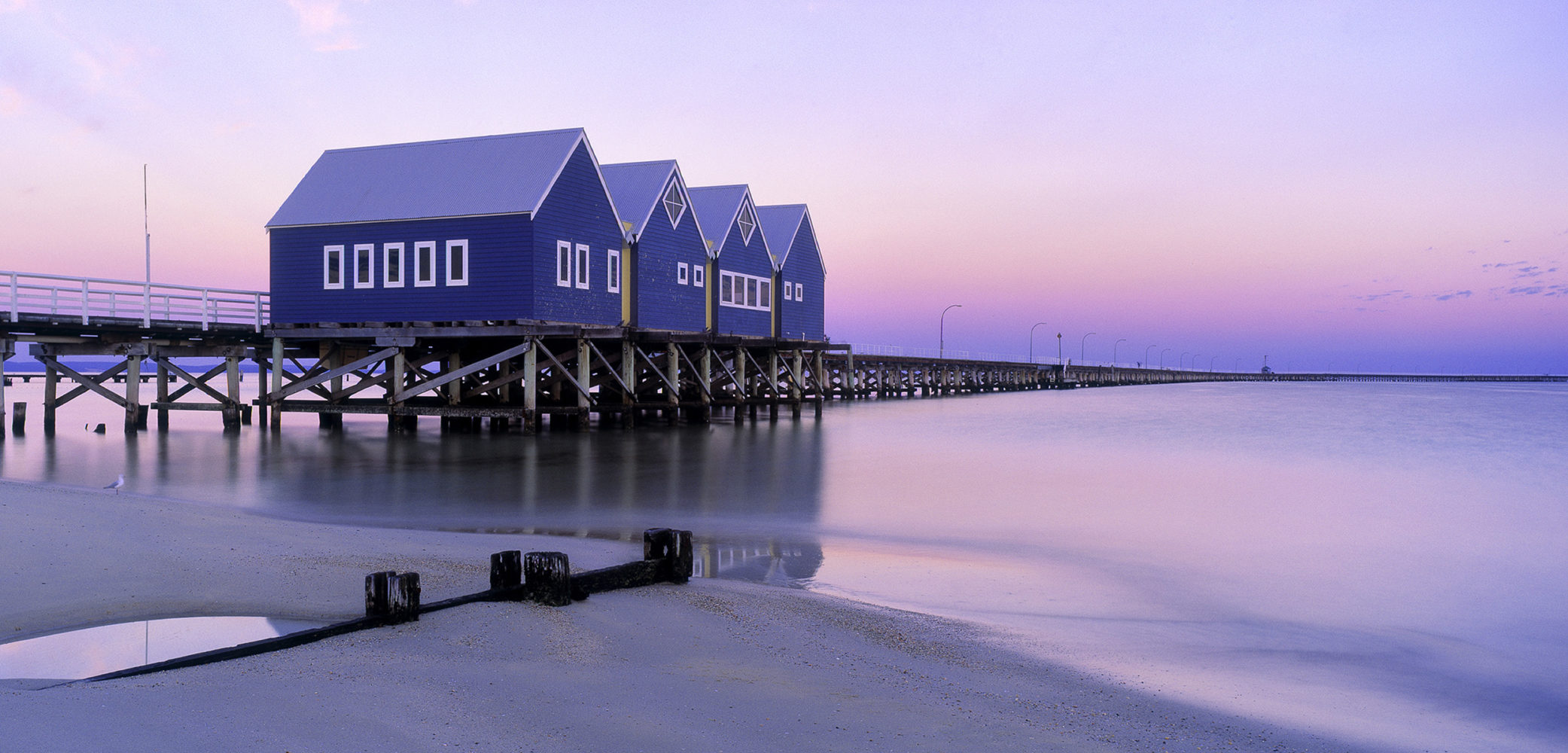Margaret River: The Bountiful Corner
One has to wonder just what it was they were looking for, those early European explorers who sailed along the southwestern coast of the Great Southern Land from 1622 onwards. Dutch, French and English ships all came by, sniffed around a little, entered unfavourable reports in their logs, and sailed on. Of course, the day of the hedonist was yet to dawn, and those crews were lamentably short on surfers, gourmets and aesthetes.
The indigenous dwellers of the world’s oldest continent would be left undisturbed for almost 200 years more, only having to make room for the first white settlers in the early 1800s when, as much by accident as design, they found their way west to a settlement at King George’s Sound in Albany. The clincher was the stands of towering trees — the likes of which they had never seen before — and, after their first harvests came in, the quality of all that came from the soil.
It would not be the last time that resources which have long been overlooked would bear extraordinary fruit — literally. The industry that has given this part of Australia international recognition is just 40 years old. Though identified in the early 1960s as having near-perfect conditions for viticulture — a Mediterranean climate of mild, wet winters and warm, dry summers, with just the right ocean breezes — it was not until 1967 that Dr Tim Cullity planted the first vines in what would become the pioneering Vasse Felix Vineyard. Over four decades, the number of quality wineries has moved into three figures, and their award-winning produce has flowed into some of the most hotly contested markets in the world.
Those who write tourist brochures in these parts have an easier time than most, for it is as if a large and very favourable hand has touched this relatively tiny corner of an immense continent and enhanced everything by a notch or three: taller, wider, richer, deeper, tastier, more plentiful. Almost as if, having been dealt mostly arid and unyielding (though not necessarily unattractive) terrain, Western Australia has been recompensed with a spot of salve.
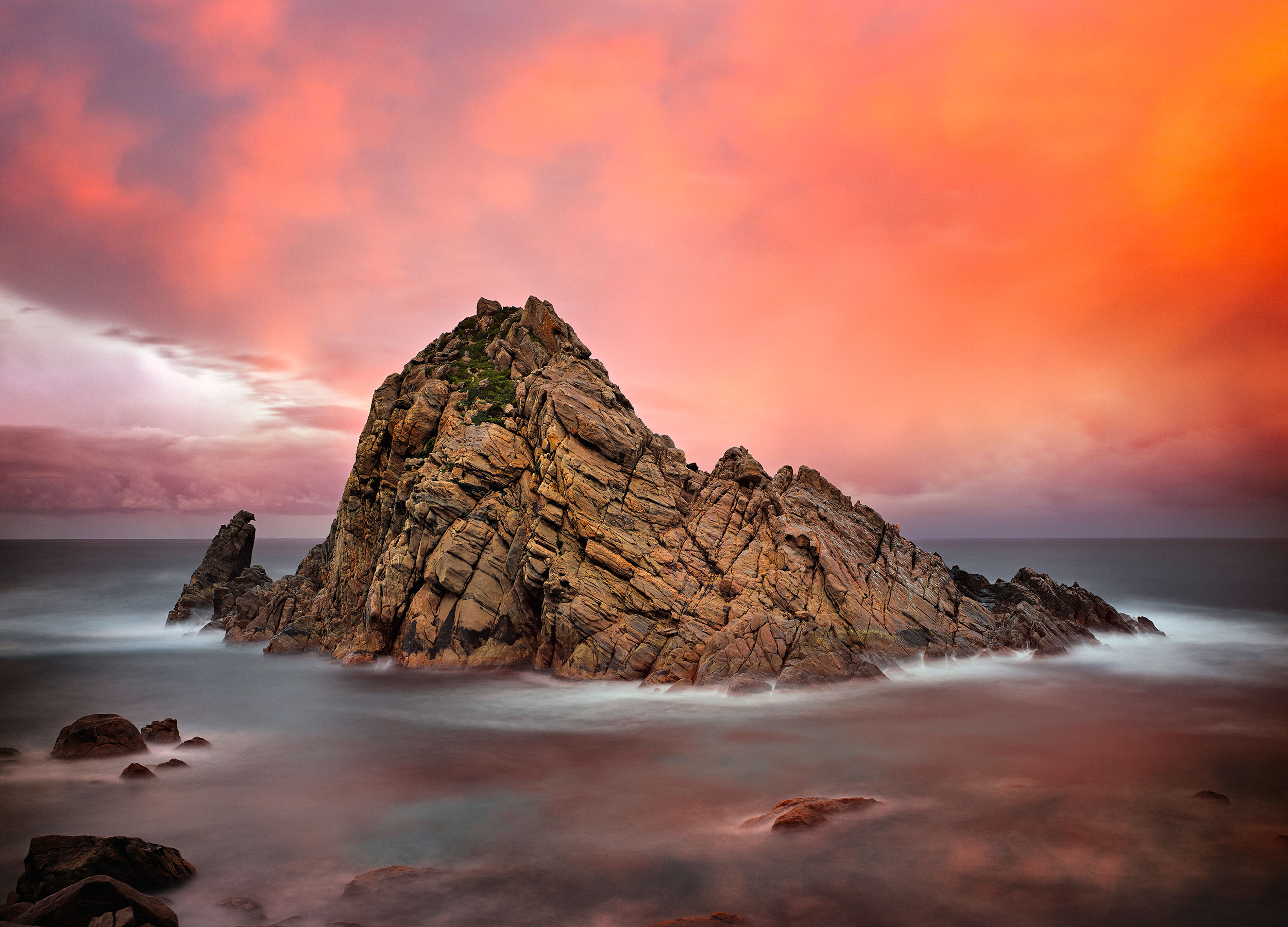
It was not accidental that the Margaret River Wine Region came on trend around the same time that Perth emerged as much more than a small, remote, capital. With Western Australia’s accumulation of great mineral-derived wealth, a glittering new Xanadu arose, with fresh, eager nouveau riche looking for opportunities to spend. When they soon found that they needed a playground for weekend escapes and holiday homes, eyes were cast to the odd, stubby protuberance down at the bottom left of the Australian map — just three hours from the city.
The result was a four-pronged exodus: weekenders, wine buffs, surfers and artists. The surfers were the first arrivals, with the waves curling and crashing upon Margaret River’s more than three dozen surfing spots being spoken of in hushed whispers from Hawaii to Bali since the days when boards were of a size to accommodate a surfer and most of his immediate family. The names of these legendary locales have long reflected their idiosyncratic characteristics: Super Tubes, Cliffhangers, Shallows, The Bubble, The Window, The Guillotine, Nowheres, Noises, Grunters, Mufflers, The Three Bears, Bombies, The Gallows — each one famed for its ferocity and revered for its reliability.
Although Margaret River is used as an umbrella term, there are actually four distinct regions that draw visitors to the realm below Perth. The South West Tapestry comes first. One can fly over it on the way to the regional airport near Margaret River, but that would be to miss the terrific textures that have been woven into the local landscape by those who staked a claim early on: most notably, the Italian farmers, who have always felt very much at home. Having passed through Pinjarra on the banks of the Murray River — one of the oldest towns in Western Australia (settled since the early 1830s) — the next stop is Harvey, again on the banks of the Murray. It’s a heartland of Italian heritage, with beef pastures and intensive dairy farming, citrus fields, hand-made Mediterranean cheeses, and a weir and dam to boot.
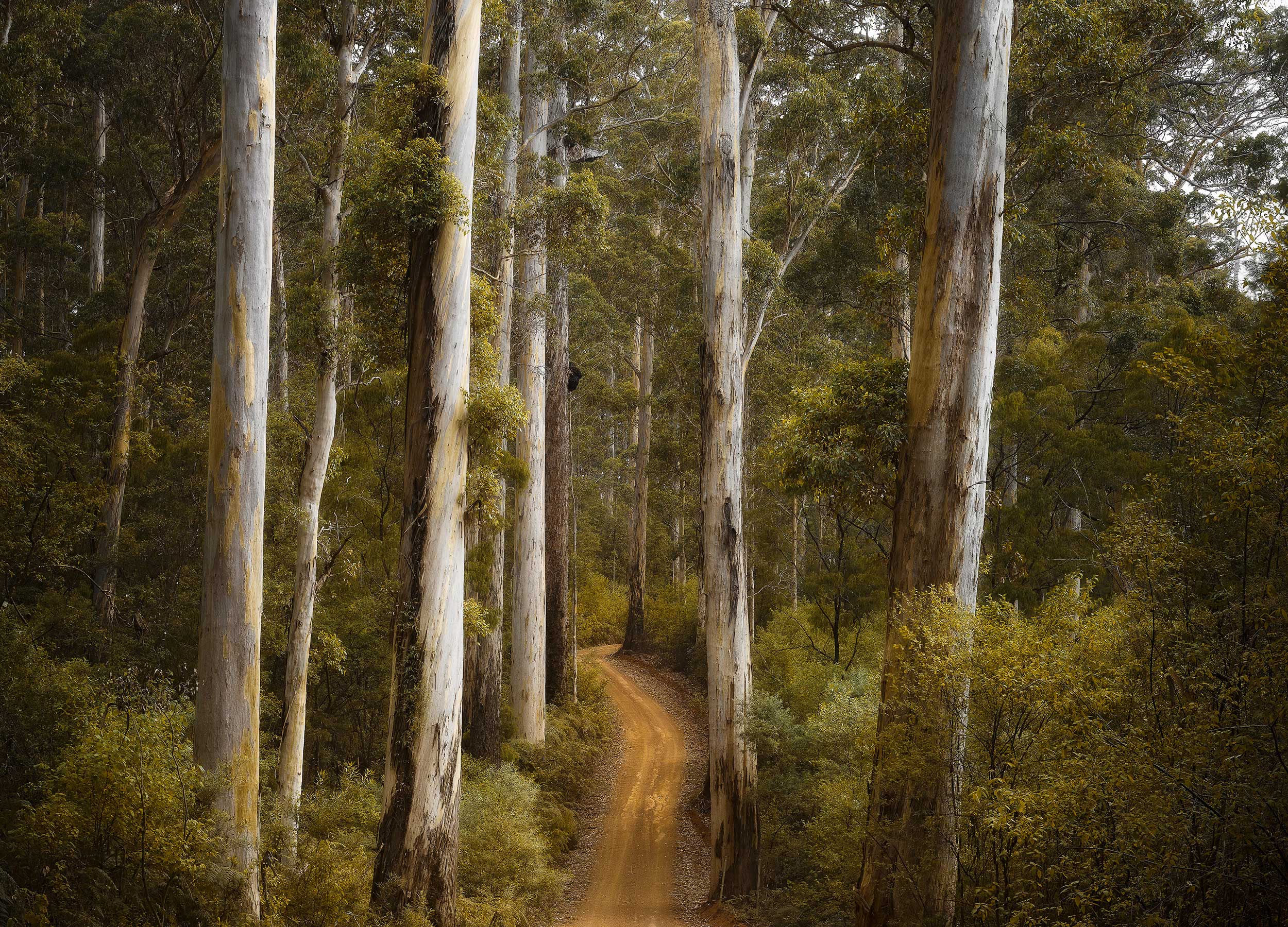
The coastal city of Bunbury has white mangroves said to be 20,000 years old, the remains of a previous tropical period. Nearby, the Dolphin Discovery Centre is the only place in Australia offering shore and boat-based interaction with wild dolphins. So famous has the experience of swimming with these sleek mammals become that over the years, visiting entertainers to Perth — Sir Paul McCartney, among others — have worked days into their tour schedules to do just that.
The resort town of Busselton on Geographe Bay boasts the largest wooden jetty in the Southern Hemisphere: almost two kilometres long and more than 140 years old, with an underwater observatory at its end. This is the gateway to the Margaret River Wine Region. Driving first west, then south, some head out to the lighthouse on the tip of the limestone ridge that is Cape Naturaliste, while for others the journey through this lush region — just over 27 kilometres wide — begins at the town of Yallingup, an Aboriginal word meaning ‘Place of Love’.
It is around here that some expensive residences are being constructed, and not just by locals. International operators in many fields of endeavour have long favoured Perth as safely remote from global friction, while at the same time modern, comfortable and not much more than half a day from Europe. For those seeking that extra bit of privacy, spectacular scenery and fine culinary repasts, the extra three hours up to Perth from Margaret River seems little bother at all.
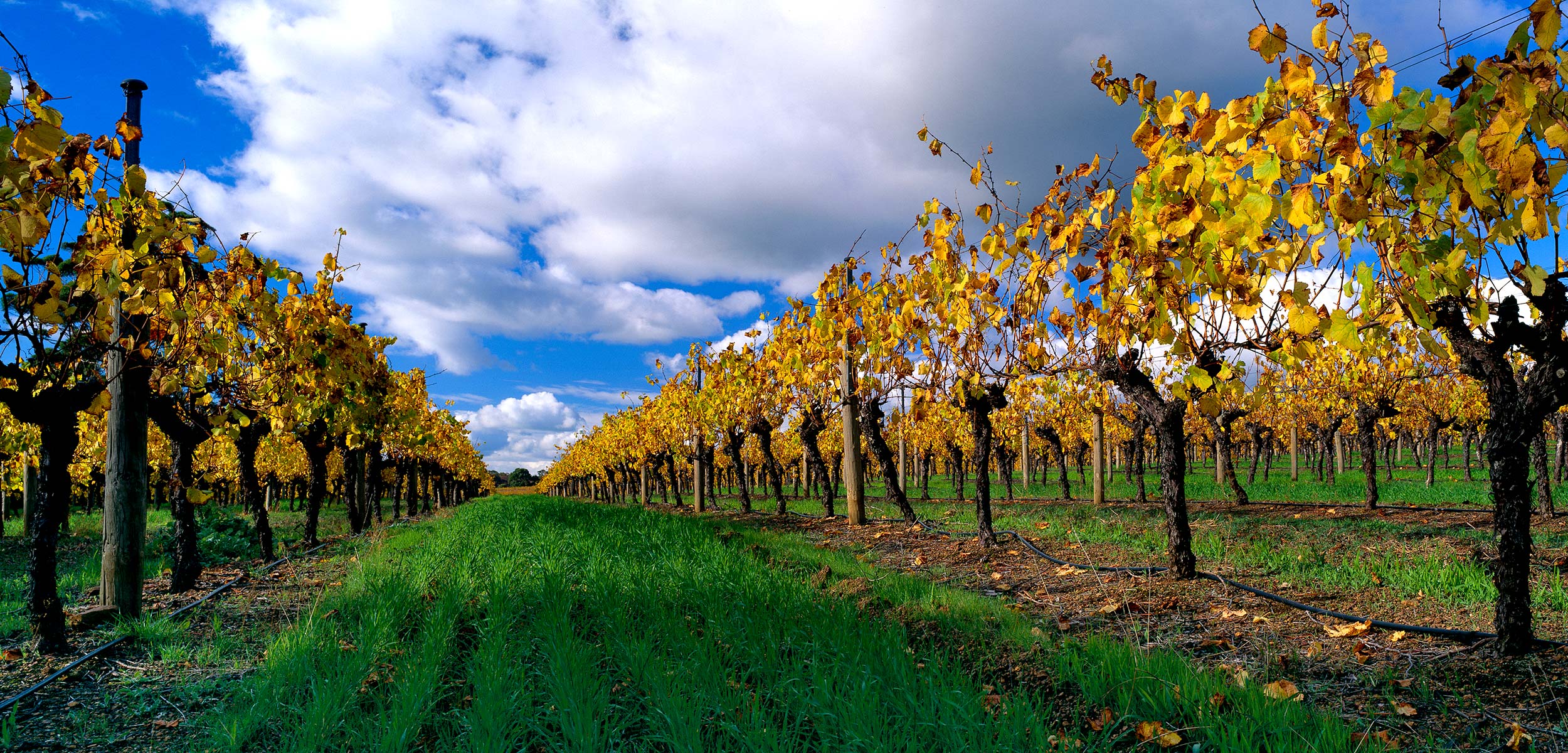
There is also a well-marked cape to cape walk through the Leeuwin Naturalist National Park, along a cave-etched limestone ridge that rises from an ancient granite land mass some 2000 million years old (and commonly believed to have once been detached from the mainland). The walk covers 135 kilometres and takes five to six days. A surprising number attempt it, but far more drive in a state of wonderment past the Canal Rocks, then Prevelly Beach, where the Margaret River meets the sea. This international surfing mecca hosts the Pro Surf Classic and the Salomon Masters competition in March and April, with the Margaret River Surf Classic following in November.
Both the walk and road then pass the spectacular Ngilgi, Moondyne, Lake, Mammoth and Jewel Caves; the shipwreck of the Georgette and the very addictive Margaret River Chocolate Company; then Hamelin Bay, with its remains of a wooden jetty that once serviced sailing ships and a truly beautiful, white-sand beach backed by limestone cliffs; through the town of Augusta, to the desolate beauty of the most southerly tip of Australia where the Indian and Southern Oceans meet.
Explorer Matthew Flinders spotted Cape Leeuwin in 1801 and started mapping the Australian coastline. He may have been the first visiting whale watcher, being in the path of the southern right and humpbacks who still travel these waters in winter months. Almost a century on, a towering lighthouse was built and, until 1982, it remained one of the last in the world to be manually operated with a clockwork mechanism and kerosene burner.

Today, the point is perhaps best known as the location of the Leeuwin Estate Winery, whose February concerts are legend. Past drawcards have included Ray Charles, Michael Crawford, Dame Kiri Te Kanawa and Lesley Garrett (all with the West Australian Symphony Orchestra), the London Philharmonic, the Berlin Staatskapelle, Diana Ross, Tom Jones, George Benson, K D Lang, Roberta Flack, John Farnham, Julio Iglesias, Bryn Terfel, James Taylor, and Simply Red. As the music fills the natural amphitheatre, Leeuwin’s famous kookaburras, thriving in the adjoining karri forest, are wont to burst into a raucous cackling chorus, to the very considerable amusement of most guests (attired in anything from top hats to T-shirts) and the absolute surprise of the guest performers.
The wineries — from small and atmospheric to bold, sprawling, estate operations — are the centre of Margaret River life. They all do cellar door sales (of Chardonnay, Semillon, Riesling, Sauvignon Blanc, Cabernet Sauvignon, Merlot and Shiraz) and many incorporate galleries, restaurants and classy cafes that rank among the best in the state. Because their trade is almost entirely in lunches, they are able to attract some of the most talented young chefs in the country, who savour the rare opportunity to have their evenings free. Indeed, they contribute significantly to the nightlife of the slightly bohemian, and always laid-back, Margaret River township, some 10 kilometres inland of the Indian Ocean.
Spending any time in this region requires a base, and personable Drew Bernhardt maintains the best of them all. Cape Lodge is a member of Small Luxury Hotels of the World, although ‘small’ is not exactly the word that comes readily to mind when in residence. Enclosed in its own vineyard and surrounded by some 16 hectares of native forest, yet also just five to ten minutes’ drive from 20 of the most highly-regarded ‘name’ vineyards in the Margaret River Region, it is a celebrated property. With spacious suites, king size spas, rolling lawns, a private lake and a helicopter landing pad, it is avidly sought out by both domestic and international guests.
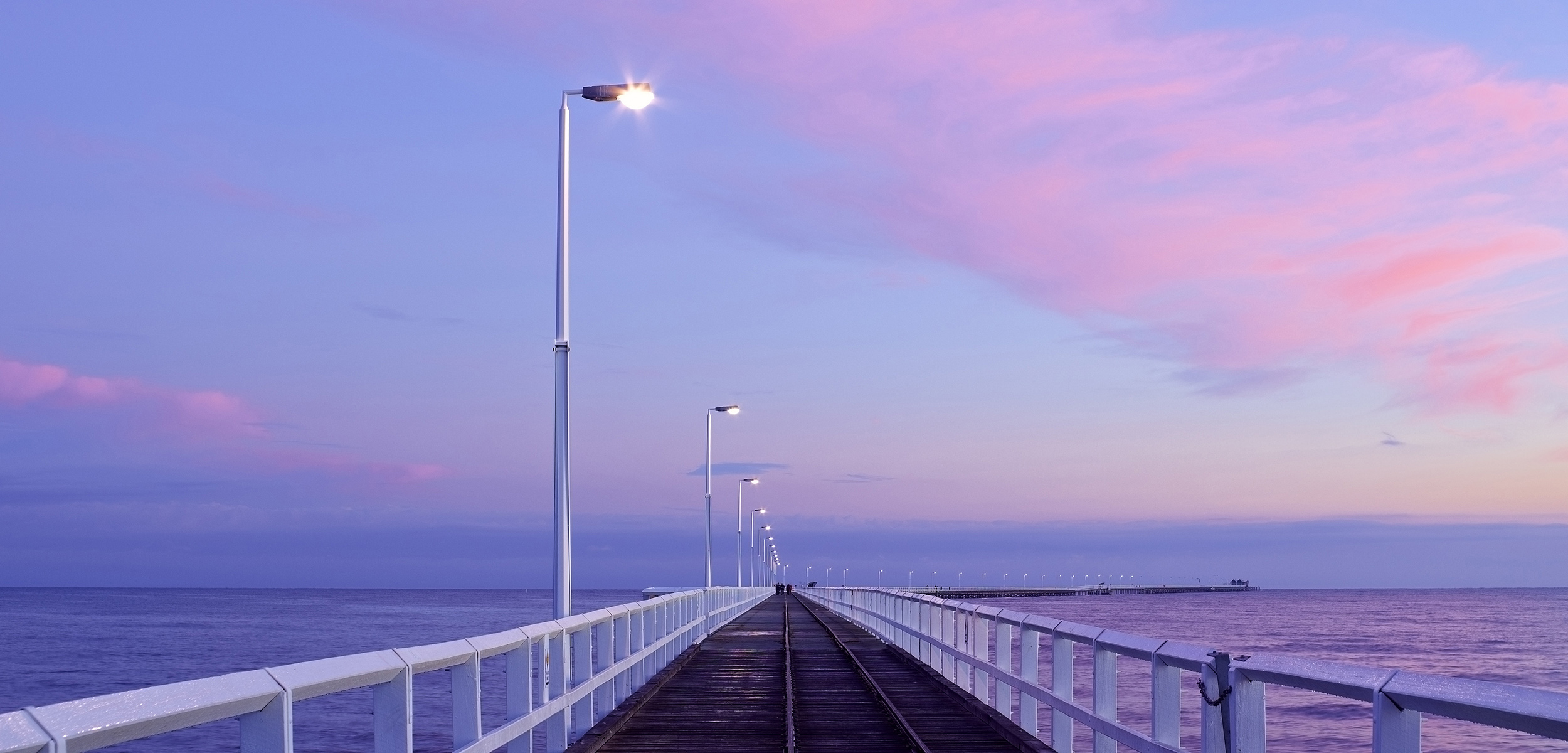
Standing proud and alone, in almost Brideshead Revisited grandeur, is its Vineyard Residence, which accommodates six guests — and another four in an adjacent guest house. During a week in residence with his family to prepare for a tsunami disaster benefit concert at the Leeuwin Estate, musician Sting became so enamoured with Cape Lodge that he not once, not twice, but thrice, made an offer to purchase it outright. Bernhardt was impressed but unmoved.
Beckoning from not far beyond this rich ridge are the neighbouring regions of the Blackwood River Valley, to the direct east, and the Southern Forests to the south-east. Bridgetown, at the heart of the Blackwood River Valley, combines steep slopes with tall forests and is the home of one of the many fine old stone churches in the area, while nearby Balingup has a bountiful supply of arts and crafts, herbal remedies and fruit wine. The Southern Forests enjoys some 140 kilometres of coastline, where thick forests meet rocky cliffs, but its compelling centrepiece is the inland town of Pemberton, which provides warm accommodation in the form of the Old Picture Theatre, and a brace of appealing restaurants.
Though not as openly renowned as Margaret River, Pemberton has its own distinctions. Certainly there are vineyards — again of such quality that comparisons with France’s Burgundy region are frequently made — but this is where eyes seem to be forever cast upwards. Visitors are surrounded here by national parks — Gloucester, Warren and Beedelup — and are also in close proximity to those of D’Entrecasteaux and Shannon. The deep red loam soils support towering jarrah and karri forests, and others dominated by marri, peppermint gum, black butt and grasstree. These forests run in a belt from Manjimup to Denmark, on the Southern Ocean coast, with their canopy both framed and enhanced by over 1500 species of flowering native flowers, including orchids.
The gourmet food bowl of Western Australia is how the Southern Forests area styles itself, with its produce reflecting a European cultural heritage. It goes in for niche epicurean treats like chestnuts, ginseng, cherries, green tea and black truffle. Then there’s dairy products, beef, lamb, marron, perch, trout and smoked goods. The way to take in this array of treats is via the services of The Pemberton Tramway Company, which has tramcars and classic steam trains carting visitors off on meandering rides over trestle bridges into the depths of the local forests and foliage. One can spend a day rolling gently through the forest canopies on the way to Northcliffe, near Mount Chudalup, and back; or take two- and three-hour round trips into the deep forest of the Eastbrook Nature Reserve, as far as the Eastbrook and Lyall sidings.
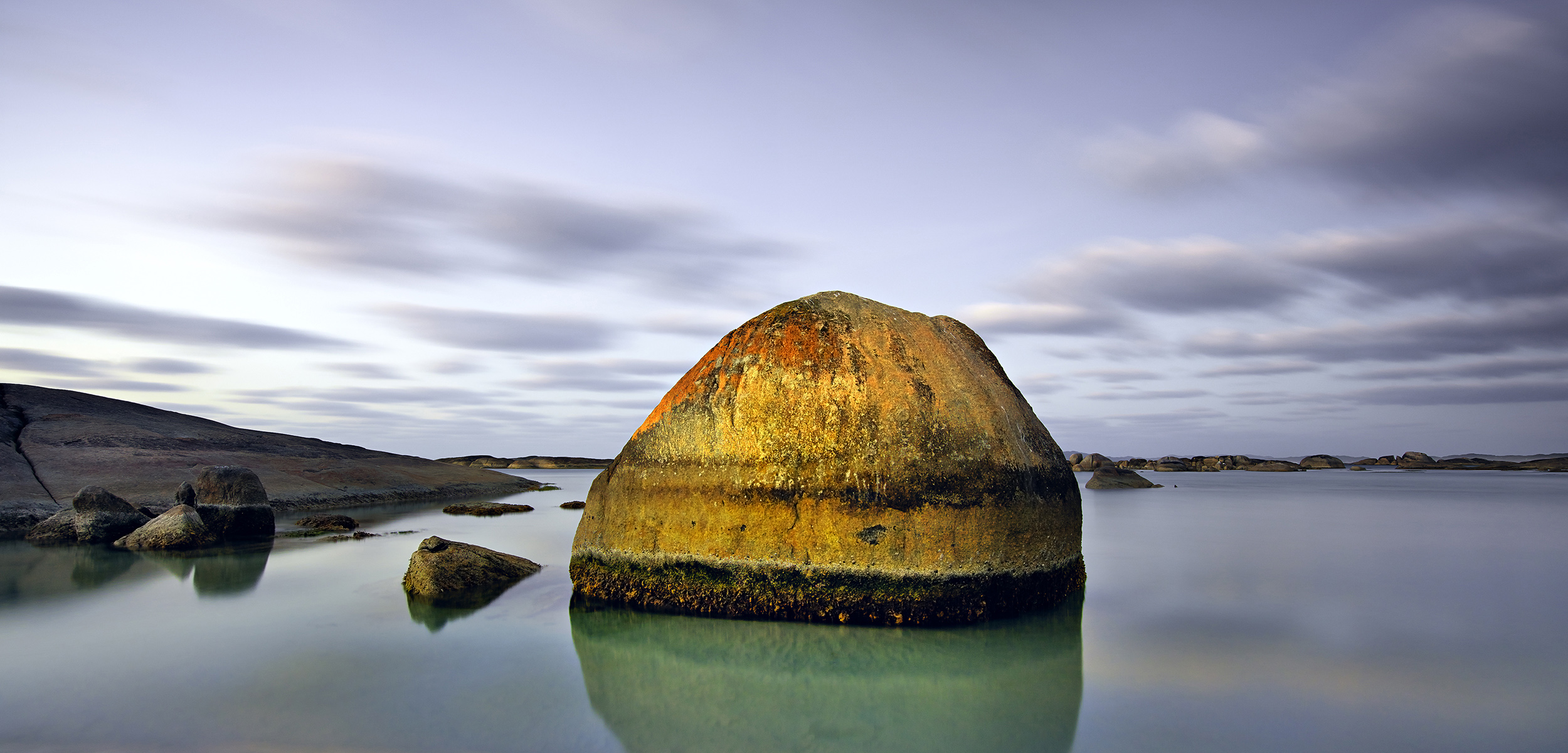
Built in 1914 as the State Saw Mills Railway, the steel rails carried everything from heavy machinery to royalty, and even knew a payroll robbery. Opt for the big steam locomotive and there’s no problem climbing up onto the boiler plate, where visitors will be guaranteed to find at least one besotted train buff from distant lands in a near-tearful state, brought upon by proximity to the engine of their dreams. There are even formal train driving courses on offer. Yet, somehow it seems sufficient to learn from one of the volunteer enthusiast engineers, such as Wayne Watkins, who informs the uninitiated that once enough coal has been shovelled in to produce a decent head of steam, it takes just 14 seconds to toast a sandwich and 18 seconds to cook a sausage in the furnace door. A supple wrist and resolute indifference to the fate of one’s eyebrows are essential to achieving the right rotisseried result.
It’s a hefty drive down to the coast and on to Walpole, Denmark and even the city of Albany, particularly if heading back to a Margaret River base. But the surrounding terrain is so powerful, expressive and largely untouched that one is drawn inexorably onwards, never quite prepared to turn around. And it’s worth the persistence for the artfully integrated Tree Top Walk in the Valley of the Giants. This elevated walkway system, some 600 metres long and up to 40 metres high, allows visitors to get up close and personal with giant karri trees, some over 400 years old and reaching 90 metres or more into the clear blue sky.
West of Walpole, the coastline is one of the most physically arresting in all of West Australia. This is especially apparent near Mandalay Beach — the site of the 1911 wreck of a Norwegian barque of the same name — with coastal rock formations so striking that I find myself wondering why they’ve not been seen on Pirelli calendars or the cover of National Geographic. Yet, in reality, there’s so much about this corner of the globe that is still waiting to be discovered by the rest of the world that nothing is surprising: the generous hand that touched it once upon a time certainly lingered long and lovingly. The end result is a very special area for locals and visitors alike.
